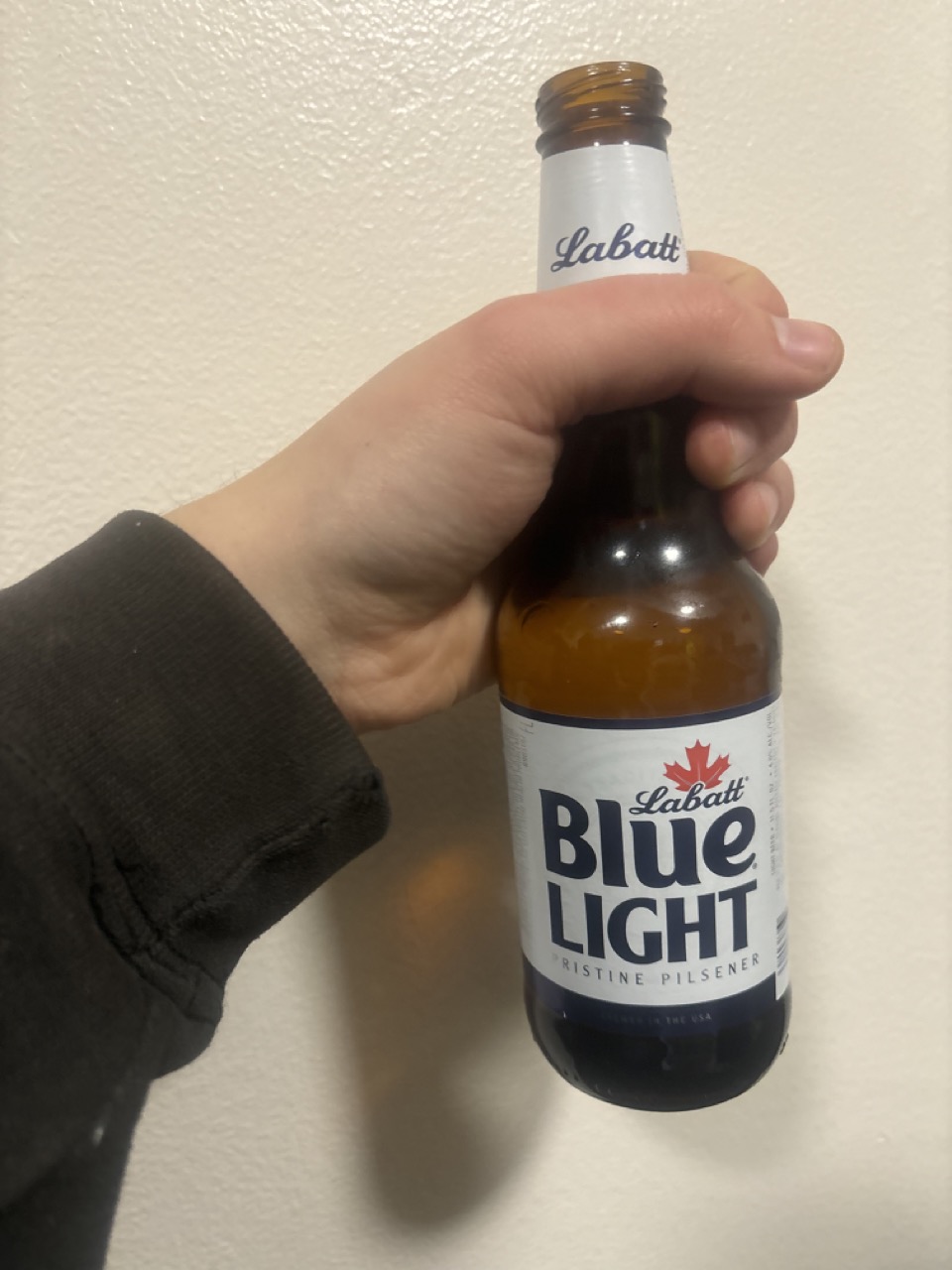U.S. Tariffs on Canada
Last Monday, hours before 25 percent tariffs were placed on Canada by the United States, the two countries struck a deal holding off the tariffs for 30 days. The U.S. struck a similar deal with Mexico, which was facing the same tariffs, with both countries pledging more border security.
Outgoing Canadian Prime Minister Justin Trudeau said after the deal was made that Canada would appoint a “fentanyl czar,” designate Mexican drug cartels as foreign terrorist organizations, and create a U.S.-Canadian Joint Strike Force aimed at combating organized crime, drug trafficking, and money laundering. A $200-million pledge backs all of this.
In the hours before the tariffs were set to take effect, President Trump was still unsure if a deal to stave off the recently promised tax was possible. The president continued his rhetoric, suggesting that Canada should avoid tariffs by joining the U.S as the 51st state.
“What we are seeing right now between these two governments is entirely unheard of; these things just don’t happen,” said Canadian Studies Professor Neil Forkey. In Trump’s first term, he renegotiated the previous trade agreement, NAFTA, between the U.S., Canada, and Mexico. Resulting in a new trade agreement, USMCA, being adopted in 2018.
Thus, Trump’s steadfast insistence on steep tariffs for Canada is rather unexpected, and many Canadians feel blindsided and attacked by their closest ally. “Canadian consumers are just furious with Trump; they are pledging to boycott American goods, even rethinking traveling to the U.S.,” said Forkey.
Canadian citizens are further incensed by Trump’s continued comments on bringing Canada into the union. “It touches a raw nerve because Canadians, throughout their whole history, have worried about being absorbed into the U.S.,” Forkey said. Videos from recent hockey matches between the U.S. and Canada show Canadian fans booing during the U.S. National Anthem. “Although there are big similarities, it really does have its own history and contemporary culture, and that’s what a lot of Americans and outside observers may not fully understand,” said Forkey.
Elections for a new Canadian Prime Minister are expected to happen soon, as the current Prime Minister, Justin Trudeau, has stepped down. The opposition is pushing for a no-confidence vote to bring an election as soon as possible. The Conservative Party, currently the main opposition, is slated to win a majority. However, the recent tariff fiasco and Liberal Party restructuring could narrow their margin of victory.
“Most observers say, no matter what the case, that the Conservatives will win, but it’s a question of how many seats,” said Forkey. “If they don’t get a majority and form a minority government, there could be a vote of no confidence, and easily lead to a new election,” Forkey said.
While the tariffs have been sidelined for 30 days, they could be implemented once those 30 days are up. “Even the Americans that I talk to on this campus don’t realize that almost everything coming from Canada would be more expensive, from food to alcohol to cars,” said Forkey. “A lot of people are hoping the rhetoric gets turned down, and the mechanisms to renegotiate are already there; they just need to be pursued.”



